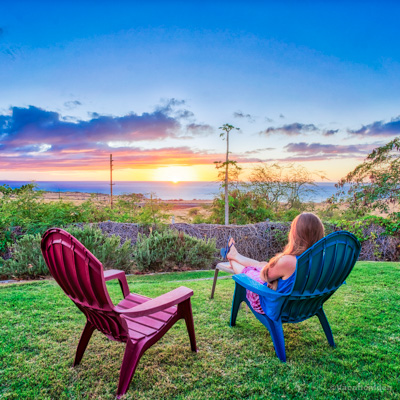Places to Visit in Tennessee

Tennessee is a state where music, history, and natural beauty come together to create unforgettable experiences. From the lively streets of Nashville and Memphis to the peaceful trails of the Smoky Mountains, Tennessee offers a rich variety of places to visit and things to do for every kind of traveler.
I’ve listened to live music that captures the spirit of the state, explored historic landmarks that tell powerful stories, and enjoyed scenic drives through some of the most beautiful landscapes in the South. Whether you’re planning a cultural getaway, an outdoor adventure, or a family vacation, Tennessee is full of destinations and experiences that will leave a lasting impression. Here are the ones I recommend, and I think you’ll enjoy them too.
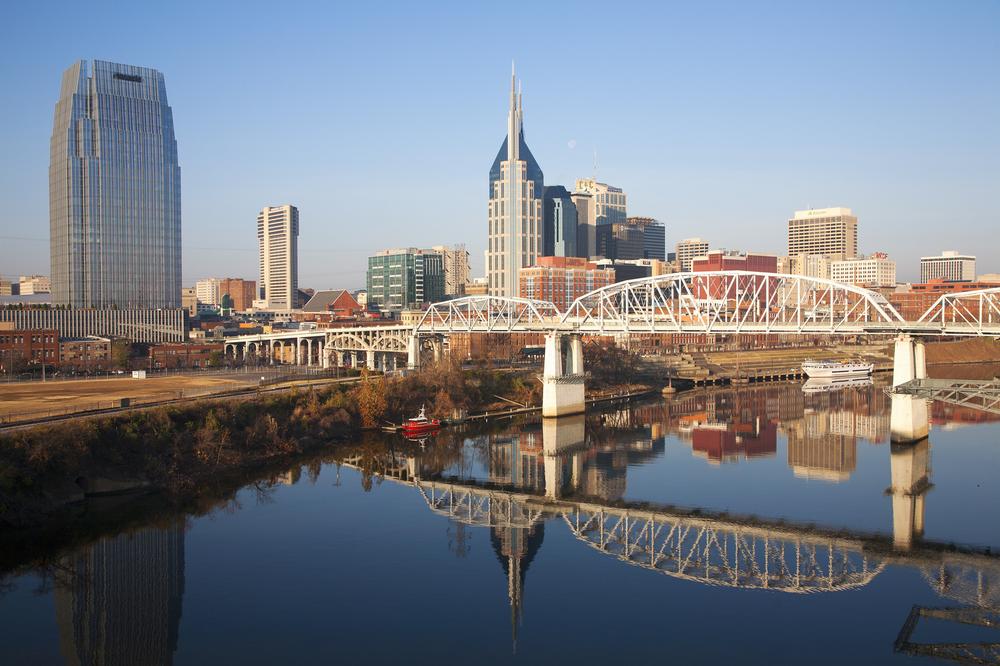
1. Hidden corners in Nashville
We flew 670 miles northeast from Austin to Nashville (just under 2 hours in the air, tickets around $150 round-trip).
Nashville has always been one of my favorite places to visit in Tennessee, and every trip feels like a brand-new adventure filled with vibrant energy and hidden gems. I think the coolest part is how the city blends its famous country music legacy with an exciting modern vibe.
One of the absolute best experiences for me was stepping into the Grand Ole Opry, just northeast of downtown. The magic of hearing live performances in such a historic venue made the night unforgettable. I still remember the joyful crowd—it felt like a dream!
Walking down Broadway, near the heart of the city, I couldn’t stop smiling at the spectacular neon lights and endless live music pouring out of every honky-tonk. It’s one of those affordable and exciting things you can do that gives you the full Nashville experience without even trying.
My favorite hidden gem turned out to be the 12South neighborhood, just a few miles south of downtown. I loved exploring its cool murals, unique boutiques, and amazing coffee shops that made for the perfect weekend stroll. The vibe there felt both local and unusual in the best way.
Another must-see was the Country Music Hall of Fame near Music Row. I thought it was fascinating to explore the exhibits—it gave me a deeper appreciation for the legends behind the songs I grew up with. For me, it’s one of the most underrated but exciting museums in the country.
By the time I ended my day with a romantic sunset view at Love Circle, just west of Vanderbilt University, I knew this city was special. Nashville is not just a stop—it’s an experience that feels spectacular every single time.
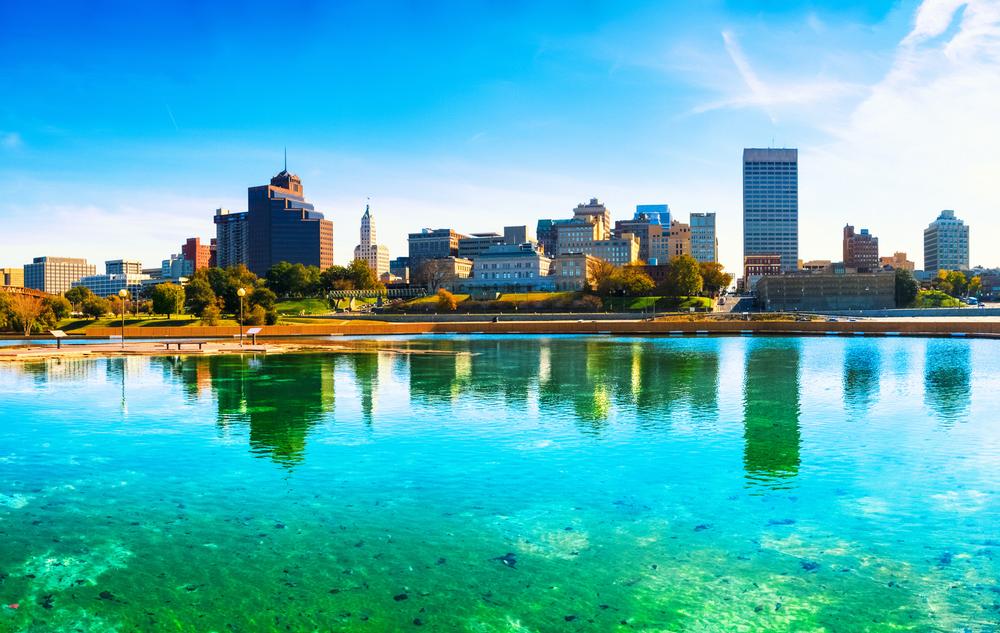
2. Soulful streets and blues in Memphis
We drove west 210 miles from Nashville to Memphis (about 3 hours along I-40).
Memphis has always been one of the most exciting and soulful cities I’ve visited in Tennessee, and every time I go, I discover a new hidden gem that makes me fall in love with it all over again. I think the coolest thing is how the city mixes history, music, and food into one unforgettable getaway.
One of my favorite places was Beale Street, right near downtown. The vibrant neon lights, live blues bands, and joyful atmosphere made it one of the best nights out I’ve ever had. I could feel the magic of the city’s music legacy in every step I took.
Visiting Graceland, just south of downtown, was a dream come true. Walking through Elvis Presley’s iconic home gave me chills—it’s an amazing, unusual, and truly unique place that every music lover should see at least once.
I also loved exploring the National Civil Rights Museum at the Lorraine Motel, near South Main. It’s powerful, emotional, and one of the most meaningful museums I’ve ever experienced. For me, this was one of the absolute best ways to understand the deeper story of Memphis.
Food in Memphis was another highlight. Eating slow-cooked barbecue ribs at a family-run spot just east of downtown felt like a brilliant idea at the time—and it turned out to be one of my favorite meals ever. The flavors were spectacular!
By the time I watched the sunset over the Mississippi River at Tom Lee Park, I knew Memphis wasn’t just a stop—it was a vibrant, soulful experience that stays with you long after you leave.
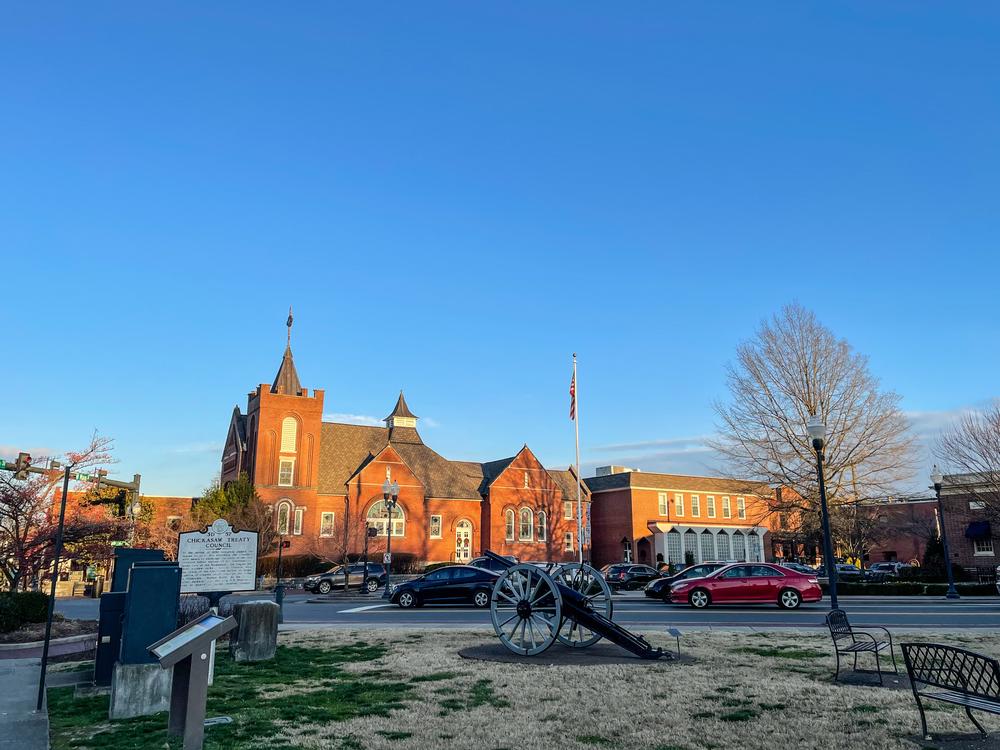
3. Charming streets and Civil War echoes in Franklin
It was just a 21-mile drive south from Nashville to Franklin (about 30 minutes on I-65).
Franklin, Tennessee, just about 20 miles south of Nashville, has to be one of my favorite small-town gems in the state. Every time I visit, I feel like I’ve stepped into a blend of history, charm, and modern vibrancy that makes for the perfect weekend getaway.
Walking down Main Street in downtown Franklin is always a joyful experience. The Victorian-style buildings, boutique shops, and cozy cafés create such a unique and romantic atmosphere that I can’t help but linger. It’s honestly one of the coolest small-town streets I’ve ever explored.
One of the absolute best things I did was tour the Carnton House, just a few minutes outside downtown. The history tied to the Civil War was both moving and fascinating, and the grounds themselves felt peaceful and beautiful. For me, this was an underrated highlight of Franklin.
I also loved stopping by The Factory at Franklin, near Liberty Pike. It’s such an exciting spot filled with local artisan shops, interesting art galleries, and delicious food stalls. I thought it was an amazing example of how Franklin has transformed its history into something modern and vibrant.
My favorite hidden gem was definitely Arrington Vineyards, about 15 minutes east of town. Sitting on the hillside with a glass of wine, listening to live music, and watching the sunset felt like pure magic—whether for a romantic date or a fun family picnic.
Every time I leave Franklin, I feel like I’ve discovered another layer of this spectacular little city. It’s affordable, welcoming, and always leaves me planning my next joyful return.
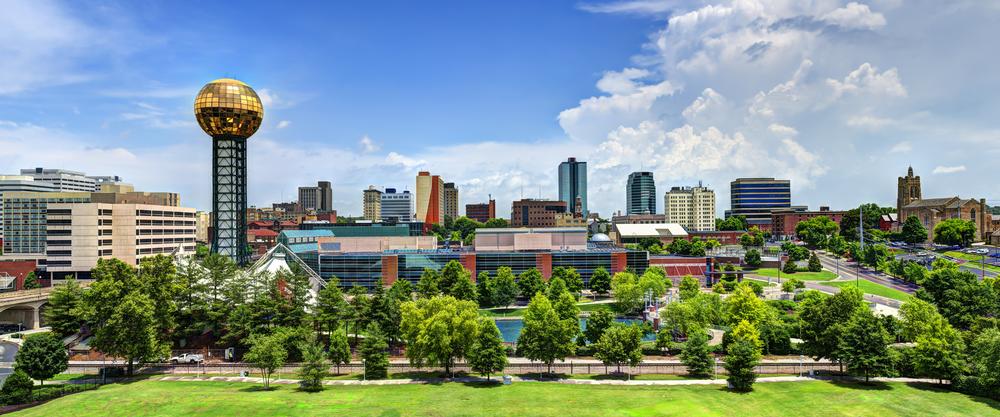
4. Knoxville Stories & Southern Spice
We drove 180 miles east from Nashville to Knoxville (just under 3 hours along I-40).
Knoxville, Tennessee, has always surprised me with its vibrant mix of outdoor beauty, history, and a cool downtown scene that makes it one of my favorite underrated cities to explore. Tucked in near the foothills of the Smoky Mountains, it’s an amazing base for both adventure and culture.
One of the best places I visited was Market Square in the heart of downtown. The lively atmosphere, street performers, and endless cafés and restaurants gave me such a joyful feeling. It’s the kind of spot where you can spend hours just people-watching or enjoying local flavors.
I couldn’t miss the Sunsphere at World’s Fair Park, near the Tennessee River. Standing inside that golden globe and seeing the panoramic views of the city was such a unique and exciting experience—I thought it was the coolest landmark in town!
For something unusual, I loved exploring the Knoxville Museum of Art, located right next to World’s Fair Park. The exhibits felt vibrant and inspiring, and the best part was that admission was free, making it an affordable gem for any art lover.
One of my absolute favorite moments was strolling along the Tennessee River waterfront and then grabbing dinner at a hidden local barbecue joint just a few blocks away. The flavors were spectacular, and the whole evening felt like a perfect blend of local culture and comfort.
Every trip to Knoxville leaves me with a mix of excitement and peace—it’s a city that balances outdoor adventure with cool urban vibes, making it a brilliant idea for a weekend getaway or a longer stay.
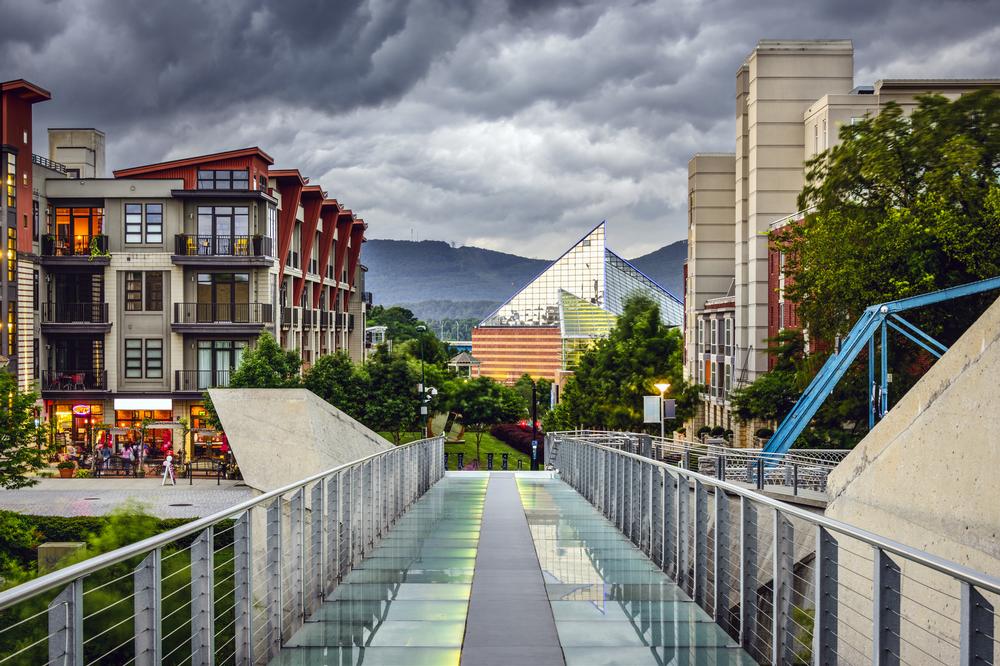
5. Bridge walks and bluff views in Chattanooga
We drove 135 miles southeast from Nashville to Chattanooga (about 2 hours along I-24).
Chattanooga has to be one of the coolest and most underrated cities in Tennessee, and every time I visit, I’m blown away by how much there is to do. Nestled along the Tennessee River and surrounded by mountains, it’s the perfect mix of outdoor adventure and vibrant city life.
One of my favorite places was the Tennessee Aquarium, right near the riverfront downtown. It’s absolutely one of the best aquariums I’ve ever visited, and walking through its unique freshwater exhibits felt like stepping into another world. It’s joyful, educational, and perfect for families.
I thought the Walnut Street Bridge was spectacular. Strolling across one of the longest pedestrian bridges in the world while watching the sunset over the Tennessee River was an unforgettable and romantic experience. The views were pure magic!
For something exciting and unusual, I explored Ruby Falls, located inside Lookout Mountain just a few miles southwest of the city. Hiking through the caves and seeing the underground waterfall was one of the most unique adventures I’ve ever had—it honestly felt like a dream.
I also loved taking the Incline Railway up Lookout Mountain. Riding the steepest passenger railway in the world was thrilling, and the panoramic views at the top were the absolute best. It’s one of those hidden gems you can’t miss.
By the time I finished my day with a casual dinner in the vibrant Southside District, I knew Chattanooga was more than just a stop—it’s an exciting, affordable, and spectacular getaway that always leaves me planning my next visit.
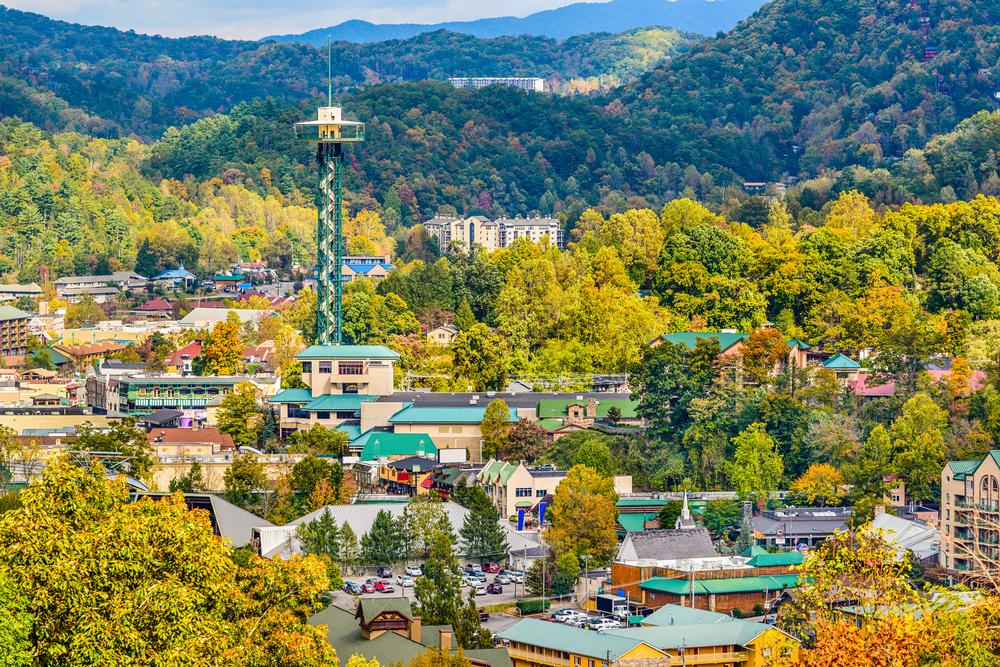
6. Mist and magic in the Smoky Mountains at Gatlinburg
It was just a 35-mile drive southeast from Knoxville to Gatlinburg (about an hour along US-441).
Gatlinburg, Tennessee, has always felt like a dream to me—a mountain town filled with magic, fun, and some of the most spectacular views in the state. Nestled right at the entrance of Great Smoky Mountains National Park, it’s the perfect place for both adventure and a cozy getaway.
One of my favorite things to do was wander along the Parkway downtown. The vibrant strip is full of unusual attractions, cool shops, and delicious eateries. It felt joyful just strolling and taking in the lively atmosphere.
The absolute best experience for me was riding the Ober Mountain Aerial Tramway, which starts right near downtown. Floating high above the city and seeing the mountain views was both exciting and romantic—it’s one of those things you can’t forget.
I also loved visiting Anakeesta, a unique mountaintop adventure park just minutes from the Parkway. The tree canopy walks, mountain coasters, and spectacular overlooks made it one of my favorite hidden gems in Gatlinburg. The vibe there was so vibrant and family-friendly.
For something magical, I explored Ripley’s Aquarium of the Smokies downtown. Walking through the underwater tunnel with sharks gliding above me was such a cool and unusual experience. It’s definitely one of the best aquariums I’ve ever visited.
Of course, the most exciting part was stepping into Great Smoky Mountains National Park just minutes away. Hiking to waterfalls and scenic overlooks gave me a peaceful yet thrilling connection with nature. Gatlinburg, to me, is the ultimate blend of fun attractions and breathtaking natural beauty.

7. Greeneville Hills & Gentle Llamas
It was about a 70-mile drive northeast from Knoxville to Greeneville (a little over an hour).
Greeneville, Tennessee, felt like one of the most underrated gems I’ve ever explored. Tucked away in the foothills of the Appalachians, this historic town combines small-town charm, fascinating history, and peaceful mountain scenery in a way that makes every visit feel special.
One of my favorite places was the Andrew Johnson National Historic Site right near downtown. Walking through the preserved homes and museum gave me such an interesting glimpse into the life of the 17th U.S. president. It was affordable, educational, and honestly one of the coolest history stops I’ve made in Tennessee.
I loved exploring downtown Greeneville itself, with its brick-lined streets, unique boutiques, and cozy cafés. It had such a joyful, vibrant energy, but still managed to feel laid-back and welcoming. My favorite hidden gem was a little bakery where I enjoyed homemade pastries while watching the world go by.
Another spectacular highlight was the Niswonger Performing Arts Center, located just east of downtown. I was surprised at how many amazing shows and concerts they bring to this small town—it felt like a brilliant idea to catch a performance there during my trip.
For outdoor fun, I thought Hardin Park and the nearby Nolichucky River were exceptional spots. Whether it was a family picnic, a peaceful walk, or even rafting nearby, the natural beauty made me feel connected and refreshed. It was pure magic being surrounded by such scenery.
By the time I left, I knew Greeneville wasn’t just another stop—it was a hidden treasure filled with history, charm, and unique experiences that made my weekend getaway unforgettable.

8. Smyrna Fields & Quiet History
It was an easy 25-mile drive southeast from Nashville to Smyrna (about 30 minutes down I-24).
Smyrna, Tennessee, just southeast of Nashville, turned out to be one of my favorite hidden gems for a quick and affordable getaway. I loved how this town blends small-town charm with exciting parks, cool local history, and a joyful community vibe that makes you want to stay longer than planned.
One of the best places I visited was Sharp Springs Park, near the Stones River. I thought it was spectacular for walking trails, fishing spots, and even family picnics. It’s such an underrated outdoor escape, and the peaceful scenery gave me a sense of calm and connection with nature.
I also found the Smyrna Outdoor Adventure Center, located near Sam Ridley Parkway, to be such a cool and unusual stop. With interactive exhibits, climbing walls, and unique programs, it was exciting and family-friendly—definitely one of the the most interesting attractions in town.
History buffs (like me!) would love the Sam Davis Home, just outside downtown. Turing this antebellum home was both fascinating and moving, and I thought it was one of the absolute best ways to experience Tennessee’s history up close. It felt like stepping back in time.
My favorite local gem, though, was Jefferson Springs Recreation Area on Percy Priest Lake, just a short drive northeast of Smyrna. Spending the afternoon by the water, watching the sunset, and enjoying the vibrant atmosphere was pure magic—it’s romantic, relaxing, and joyful all at once.
By the time I left, I realized Smyrna isn’t just a commuter town near Nashville—it’s an exciting, family-friendly, and spectacular destination in its own right.

9. Murfreesboro River & History Flow
We drove 34 miles southeast from Nashville to Murfreesboro (about 40 minutes on I-24).
Murfreesboro, Tennessee, just 35 miles southeast of Nashville, has always been one of my favorite places to explore because it’s filled with a mix of history, vibrant culture, and some really cool hidden gems. Every visit feels like the perfect blend of an affordable weekend getaway and an exciting small-city adventure.
One of the absolute best places I visited was the Stones River National Battlefield, located just north of downtown. Walking the historic trails and learning about the Civil War made for such a meaningful and fascinating experience. It felt both powerful and unforgettable.
I loved spending time at Cannonsburgh Village, right near downtown. This unusual and unique re-creation of a 19th-century pioneer town was one of the most underrated attractions in Murfreesboro. The blacksmith shop, old schoolhouse, and cool antiques made it a joyful trip back in time.
Another highlight for me was the Center for the Arts on College Street. Catching a community theater performance there was an exciting and brilliant idea—it really showed off Murfreesboro’s vibrant local talent. The atmosphere felt welcoming and inspiring.
For outdoor fun, I thought the Greenway system was spectacular. I spent an afternoon biking along the Stones River Greenway, and the peaceful scenery mixed with wildlife spotting made it one of my favorite parts of the trip. It’s perfect for families or a romantic walk.
Before leaving, I stopped in the lively downtown square for dinner at a local spot. The vibe was vibrant, the food was amazing, and the friendly atmosphere reminded me why Murfreesboro is such a gem. It’s not just a town near Nashville—it’s an exciting destination all on its own.
Conclusion
After exploring so many incredible Tennessee destinations I realized Tennessee is filled with endless treasures. Each city has its own unique magic, whether it’s music, history, food, outdoor adventure, or simply the joyful atmosphere of its people.
For me, the absolute best part about traveling through Tennessee is the variety. One weekend you can have a romantic escape in the Smokies, the next you’re soaking up live music in Nashville or Memphis, and then finding peaceful small-town charm in places like Franklin or Greeneville. It’s the kind of state that never stops surprising you with cool, unusual, and unforgettable experiences.
Every stop feels like a hidden gem waiting to be discovered, and that’s what makes Tennessee such a spectacular place to visit. Whether you’re planning a family trip, a romantic getaway, or an adventurous weekend with friends, you’ll always find something exciting, affordable, and memorable. For me, Tennessee isn’t just a travel destination—it’s a dream collection of vibrant, soulful places that stay with you long after you leave.
Booking Checklist
1. Book Your Flight - I use Expedia because I like their mobile app with my itinerary. They've helped me re-book flights on many occasions. Once you reach their Gold tier, support is especially good.
2. Book Your Hotel - I use Booking.com or Expedia, depending on my destination.
3. Book Your Rental Car - I use Expedia.
4. Book your tours on Viator or Get Your Guide.
